Deodar Cedar Tree
- June 20, 2023
- 0 comment
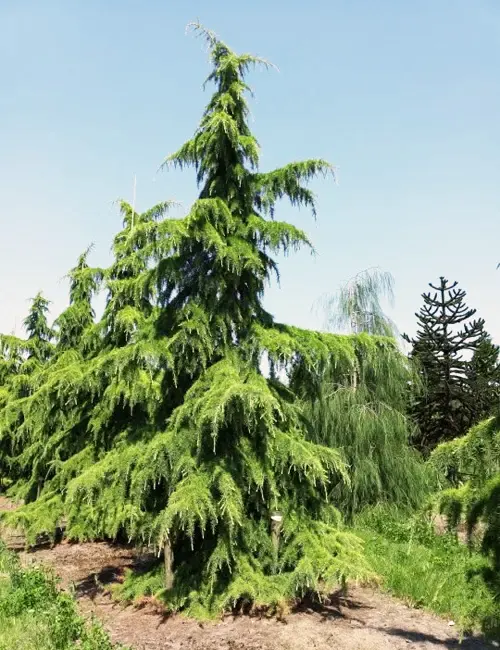
Common Name: Deodar Cedar
Botanical Name: Cedrus deodara
Family: Pinaceae
The Deodar Cedar tree, known for its majestic presence and remarkable endurance, holds a special place in the world of flora. Its common name, botanical name, and intriguing attributes make it a captivating subject of study. In this article, we will explore the various facets of the Deodar Cedar, including its characteristics, care requirements, benefits, and much more.
Plant Type
The Deodar Cedar is an evergreen coniferous tree, characterized by its tall stature and graceful branches. It belongs to the conifer family Pinaceae, which includes other iconic trees such as pines and firs.
Lumber
Deodar Cedar lumber is derived from the Deodar Cedar tree, scientifically known as Cedrus deodara. It is a species of evergreen coniferous tree that is native to the western Himalayas in Eastern Afghanistan, Northern Pakistan, Northern India, and Western Nepal.

Mature Size and Growth Rate
The Deodar Cedar typically reaches an impressive height of 40 to 70 feet (12 to 21 meters) and spreads 20 to 40 feet (6 to 12 meters) in width. It has a moderate growth rate, adding approximately 12 to 24 inches (30 to 60 centimeters) of height each year.
Soil Type and Preference
This magnificent tree thrives in a variety of soil types, including clay, loam, sand, and even rocky soils. However, it prefers well-drained soil that retains some moisture to promote healthy growth.

Hardiness Zones
The Deodar Cedar is well-suited for USDA hardiness zones 7 to 9. It can withstand cold temperatures and is known to tolerate occasional frosts.
Sun Preference
This tree flourishes in full sun exposure, making it an excellent choice for open landscapes. However, it can also tolerate partial shade, although its growth may be slightly reduced in such conditions.

Attributes and Characteristics
The Deodar Cedar boasts several notable attributes and characteristics, making it a highly sought-after tree for ornamental and landscaping purposes. Its most distinctive feature is its gracefully drooping branches, adorned with feathery, silver-green needles. The aromatic foliage releases a pleasant scent when crushed or brushed against. In addition to its visually appealing appearance, the Deodar Cedar also has a symmetrical conical shape and a wide-spreading canopy.
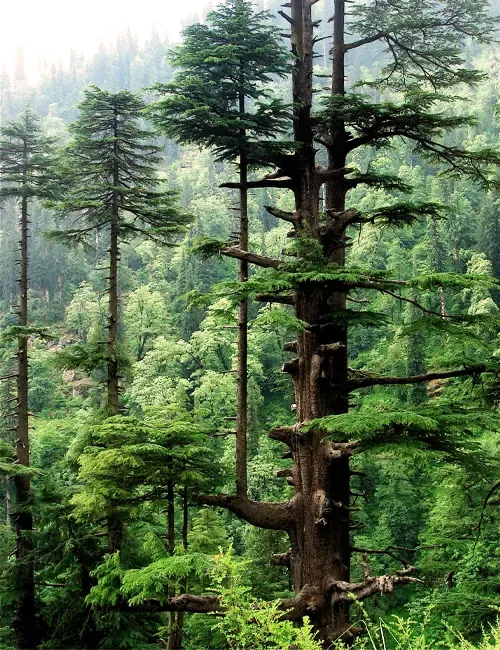
Wildlife Value
The Deodar Cedar provides valuable habitat and food for various wildlife species. Its dense foliage offers shelter and nesting sites for birds, while its seeds are a source of sustenance for squirrels and other small mammals. The tree also attracts pollinators such as bees and butterflies.
Care
Caring for a Deodar Cedar involves a few essential practices. Regular watering during the first few years after planting helps establish the tree’s root system. Once established, it can withstand periods of drought. Mulching around the base of the tree helps retain moisture and suppress weed growth. Pruning, if necessary, should be done during the dormant season to maintain the tree’s shape and remove any dead or diseased branches.
Benefits
The Deodar Cedar offers numerous benefits to both the environment and homeowners. Its extensive root system helps prevent soil erosion, making it ideal for stabilizing slopes. As an ornamental tree, it adds beauty and grandeur to gardens, parks, and large landscapes. The tree’s aromatic scent and soothing presence create a tranquil atmosphere, making it a popular choice for meditation gardens and outdoor spaces. Additionally, the Deodar Cedar is used in the production of essential oils, which have various therapeutic applications.
Invasive
The Deodar Cedar is not considered invasive and does not pose a significant threat to native ecosystems.
Lifespan
When well-cared for, the Deodar Cedar has a long lifespan, often exceeding 50 years. Some specimens have been known to live for over a century.
Disadvantage
One potential disadvantage of the Deodar Cedar is its large size, which may make it unsuitable for smaller gardens or urban areas with limited space.

Edible or Not
The Deodar Cedar is not typically consumed as food by humans. However, its seeds can be consumed by certain wildlife species.
Habitat Requirements
Native to the western Himalayas, the Deodar Cedar thrives in mountainous regions with cool temperatures and moderate rainfall. It prefers well-drained soils and is often found at elevations between 5,000 and 10,000 feet (1,500 to 3,000 meters) above sea level.
Name Origin
The name “Deodar” is derived from the Sanskrit words “deva” meaning “god” and “daru” meaning “timber” or “wood.” Thus, Deodar translates to “timber of the gods,” reflecting the tree’s esteemed status and the quality of its wood.

Varieties
There are several popular varieties of the Deodar Cedar, including ‘Golden Horizon,’ which features golden-yellow foliage, and ‘Kashmir,’ known for its distinctive bluish-green needles.
Pruning
Pruning a Deodar Cedar is generally minimal, primarily focused on maintaining its shape and removing dead or damaged branches. It is best carried out during the dormant season to minimize stress on the tree.
Propagating
The Deodar Cedar can be propagated through various methods, including seed propagation, grafting, and cutting propagation. However, due to its slow growth rate, seed propagation is the most common method.

Common Pests & Diseases
While relatively resistant to pests and diseases, the Deodar Cedar can occasionally be affected by aphids, spider mites, and cedar rust. Regular monitoring and prompt treatment can help mitigate these issues.
Fun Facts:
- The Deodar Cedar is the national tree of Pakistan and is often referred to as the “tree of gods.”
- Its wood is highly valued for its durability and is used in construction, furniture-making, and even as incense.
- The Deodar Cedar has been cultivated in Europe since the mid-19th century and has become a popular choice for parks and large estates.
Frequently Asked Questions:
- Q: Can I grow a Deodar Cedar in a small garden?
A: Due to its large size, the Deodar Cedar may not be suitable for smaller gardens. Consider the available space and its potential growth before planting. - Q: Does the Deodar Cedar require a lot of water?
A: While the Deodar Cedar prefers well-drained soil, it requires regular watering during the initial years. Once established, it can tolerate drier conditions. - Q: Is the wood of the Deodar Cedar resistant to decay?
A: Yes, the wood of the Deodar Cedar is naturally resistant to decay and is often used in outdoor applications. - Q: Can I prune the Deodar Cedar during the growing season?
A: Pruning is best done during the dormant season to minimize stress on the tree. However, minor pruning to remove dead branches can be performed at any time of the year.
Conclusion: The Deodar Cedar tree, with its distinctive characteristics and numerous benefits, captivates the imagination of nature enthusiasts and landscape designers alike. Its towering presence, graceful branches, and aromatic foliage make it an exceptional addition to gardens and open landscapes. As we continue to appreciate and care for these majestic trees, their enduring beauty and symbolic strength will continue to inspire generations to come.




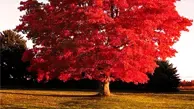

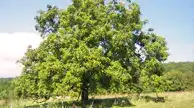
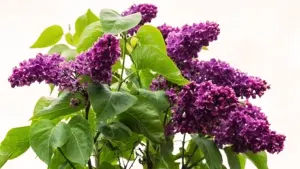


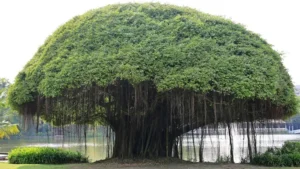


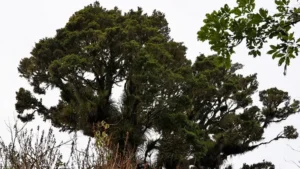
Leave your comment